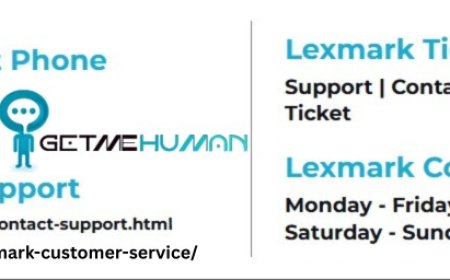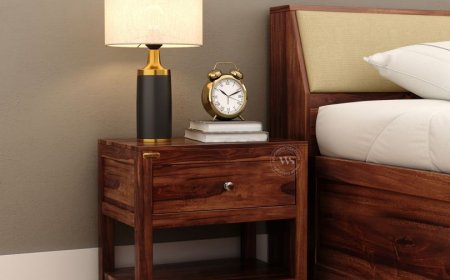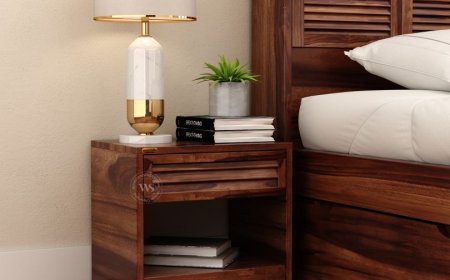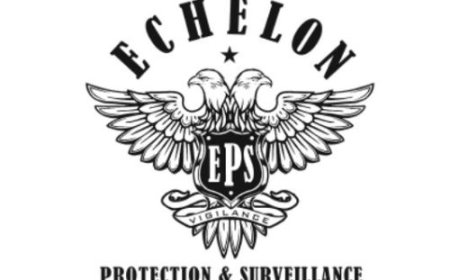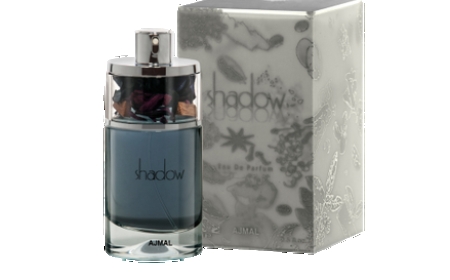13 Things You Didn’t Know About Series Cables
Don't miss these 13 unexpected truths about series cables. Essential reading for tech enthusiasts and pros alike!

Every connector carries more story than meets the eye. Discover surprising facts that bring both history and modern know-how together. Get to know the things you dont know about Series Cables.
1. They Started in the Early 1900s
Curiously, engineers created the very first links to simplify early telegraph wiring methods. Radio pioneers liked how a single strand could join multiple units without a clutter of loose wires. At that time, this design cut costs and kept signals strong over long distances. Modern versions preserve that clever approach while using tougher materials. As a result, familiar connectors still follow a century-old blueprint.
2. Early Models Used Cloth Insulation
Long ago, cables used copper wires wrapped in linen or silk to protect them from heat. While this method worked effectively, these fabrics soaked up moisture in damp environments, easily causing crackling sounds and signal dropouts, particularly during storms. Nowadays, however, things have improved with modern cables using strong plastic coatings which do not absorb water so effectively, eliminating many noise and signal problems from previous years.
3. They Support Hot-Swapping
Some connectors make it easy to change parts without turning off the machine, thanks to hot-plug speed features. This means workers can swap out parts while the system keeps running. As a result, factories and data centers lose less time during repairs. Also, quick part changes help everything stay on schedule. To keep things working right, always press each connector in firmly. That way, the system avoids errors or data problems. In the end, good hot-swap setups keep machines running longer and make fixing them much easier.
4. Variations You Might Miss
Besides the common types, product ranges include models built for specific roles and harsh sites. Each variation shines in its way, so picking the right one makes a big difference. Here are popular options:
-
standard multi-pin harnesses that handle low-voltage signals
-
Braided electromagnetic shielded links designed for noisy electrical zones
-
ultra-flex cord assemblies that bend smoothly in moving machinery
-
outdoor-rated connector cables crafted to resist UV, dust, and moisture
Review data sheets and site needs before settling on any one style. Matching specs closely ensures reliable performance in everyday use.
5. They Carry Power and Data at Once
Some connectors integrate extra pins just for electricity under a power over signal connectivity scheme. This layout allows cameras, sensors, and small motors to receive both voltage and communication signals through one cable. It trims down the mess of separate power cords and data wires. Always confirm voltage thresholds so Series Cables wont overheat. Smart planning here streamlines installation and cuts material costs.
6. Material Choices Affect Performance
Conductor and plating options shape speed, range, and durability in noticeable ways. Pure copper remains king for low resistance and high current capacity. At very high frequencies, high-frequency silver-plated wiring delivers the clearest signals. Nickel plating resists extreme heat for industrial ovens or foundry lines. Seek out spec sheets to choose a metal blend that matches project requirements exactly.
7. Custom Lengths on Demand
Today, makers send out cables cut to the right length with connectors already attached and checked. This makes things much easier, since theres no need to buy extra cable or cut it at the job site. Instead, ordering the exact size saves time and materials. Even better, many suppliers finish these custom orders in just a few working days. On top of that, custom cables take up less space and stop messy tangles inside small control panels.
8. Connector Plating Matters
The type and thickness of the metal on the surface help decide how long a contact lasts and how clear the signal stays in low-voltage setups. Gold coating works best against rust and keeps signal loss very low. On the other hand, tin is a low-cost option that works well for simple power jobs and everyday needs. Meanwhile, silver coating is great for radio signals but can get dull more quickly. Before picking the right metal, look at the surroundings and think about what matters most for the signal.
9. Installation Tips to Avoid Mistakes
Furthermore, proper setup prevents the most common headaches when working with these connectors. Use the following best practices to ensure a stable, long-lasting link:
-
Inspect each connector for bent pins or stray debris before plugging in
-
Route cable runs away from heavy electrical motors and transformers
-
Apply the pin-out inspection process tools to verify the correct mapping
-
Plan for cable strain relief so that any tug doesnt stress solder joints
Adding supports or clips every meter prevents sagging and reduces mechanical wear. Testing each connection before powering up further eliminates surprises in critical systems.
10. Shielding Blocks Interference
Unwanted radio waves and electromagnetic fields can corrupt data if left unchecked. Makers wrap cores in foil and braided screens to form dual-layer electromagnetic shielding. One layer manages low-frequency hums while the other tackles high-frequency bursts. Remember to ground shields at a single end only to avoid creating ground loops. Proper shielding keeps audio, video, and digital signals crystal-clear in noisy environments.
11. Harsh Environment Rated Versions
Ruggedized designs earn IP67 or higher ratings to resist dust and water jets. Many assemblies stay flexible down to 40 C without cracking. These IP67 submersible connector assemblies suit outdoor signage, marine gear, and food-processing lines. Sturdy jacketing fends off UV rays, chemicals, and repeated flexing. As a result, uptime stays high even under extreme temperature swings and wet conditions.
12. DIY Testing Methods
Along with advanced testers, small handheld tools help workers check cables right at the job site. These handy gadgets quickly test for continuity, pin layout, and shield strength. Simply plug your cable in at both ends and let it do its thing - in seconds it identifies problems like open wires, misconnections short circuits! By doing these checks often, small issues get caught early and wont grow into big system problems. In the long run, adding this easy step to regular maintenance keeps everything more dependable.
13. Future Evolution for Industry Needs
Ultimately, connector designs will keep adapting to faster data links and new digital standards. The latest models already support Ethernet-class speeds and mixed analog/digital channels. Researchers work on smart connectors that monitor temperature and signal health in real time. Wireless tech grows, but physical links remain vital where stability and security matter most. Adopting next-generation high-speed connectors ensures readiness for tomorrows advanced networks.













